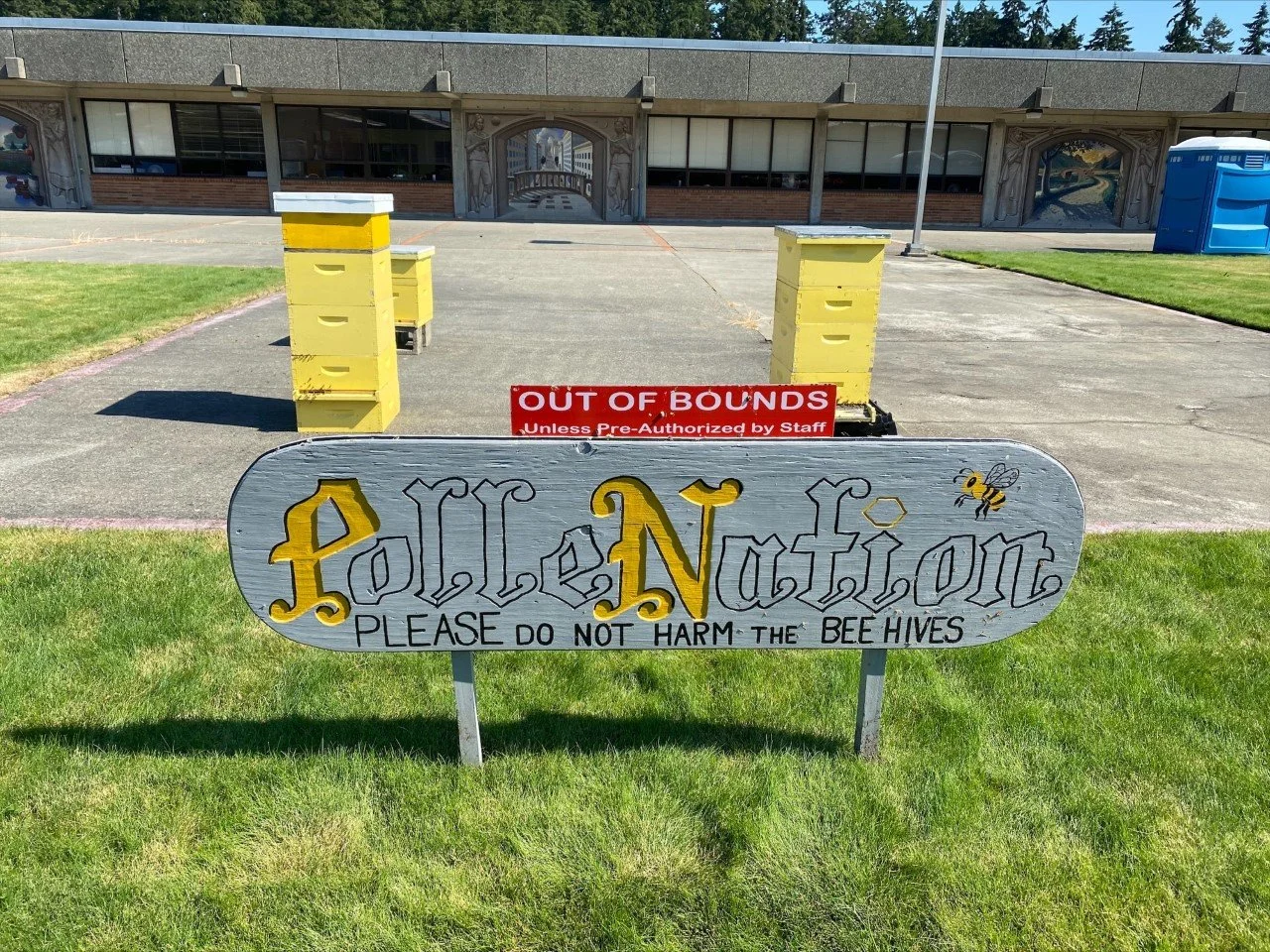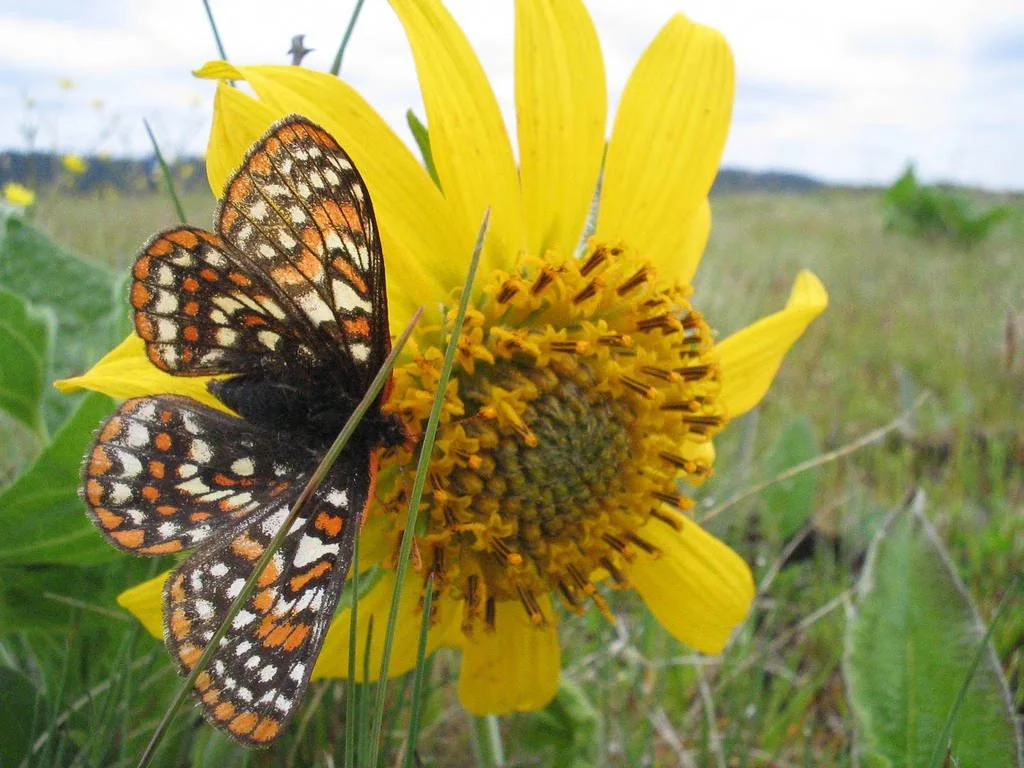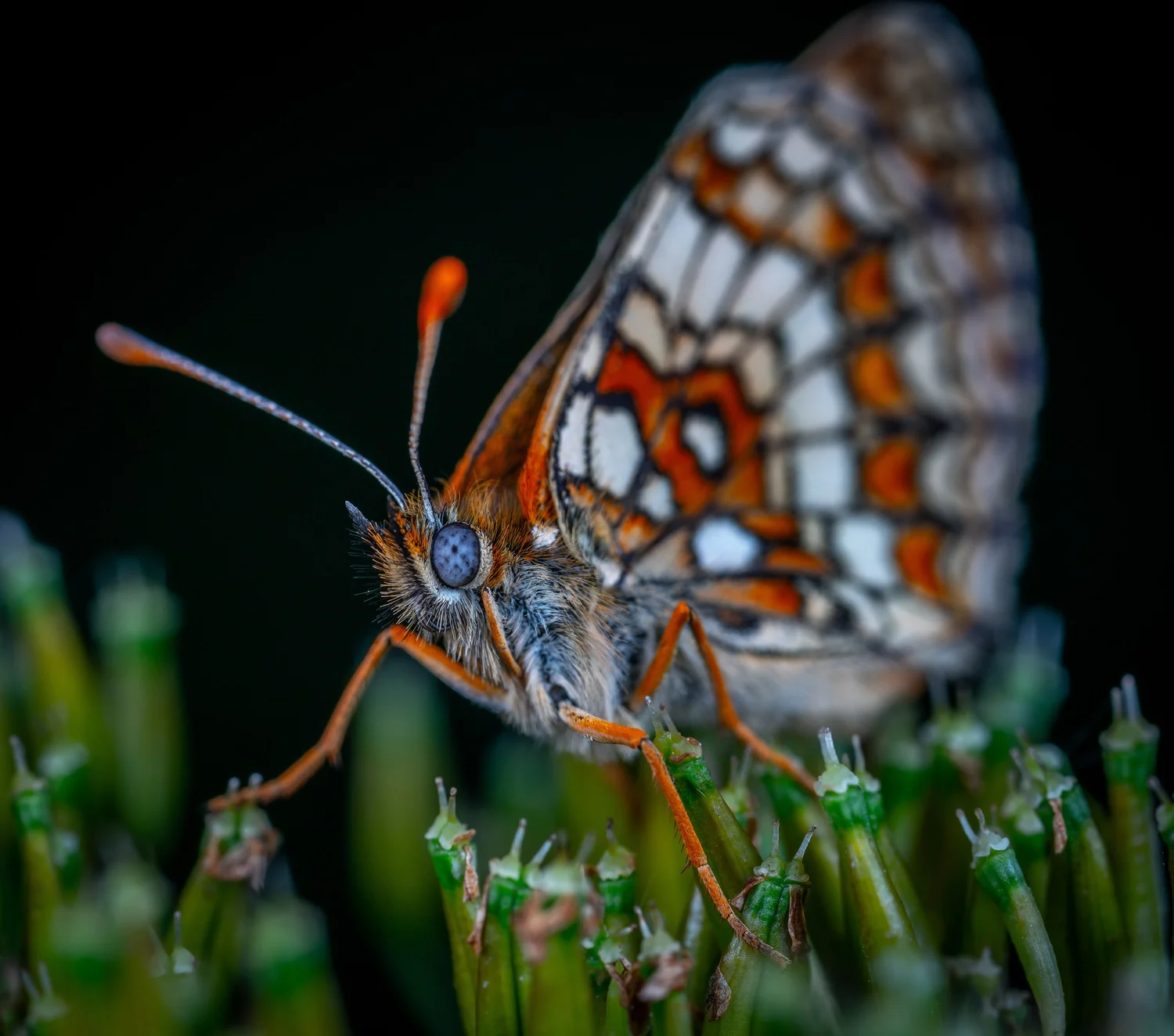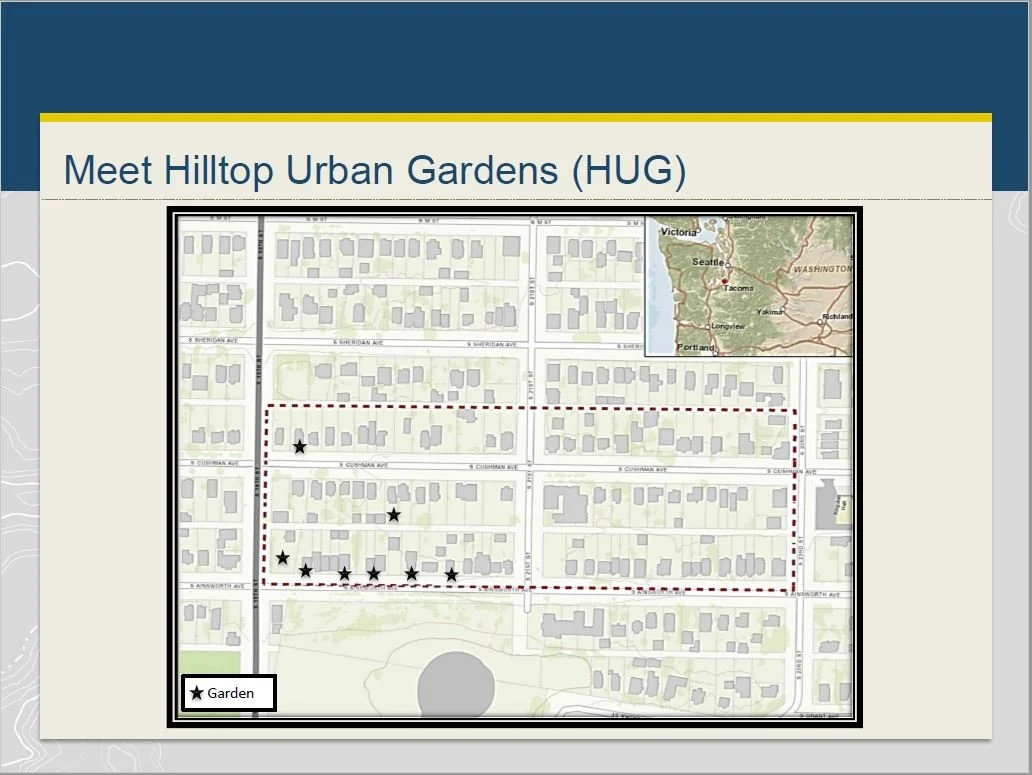S3E4 - Plugging Away at the South Salish Lowland Prairies
Description
Welcome to Episode 4, Plugging away at the South Salish Lowland Prairies, all about conservation programs with the WA Sustainability in Prisons Project. In this episode we will learn a little about the umbrella Conservation Programs with Kelli Bush, and then we chat with Carl Elliot about the Conservation Nursery Program.
This season is all about the Sustainability in Prisons Project (otherwise referred to as SPP), how they bring education, nature and training into the prisons to reduce recidivism and protect and enhance our environment. We now know that this season is at least 6 episodes long and it still could be 7 episodes long. In the first episode we got into how it all started; Episode 2 provided a background on the prison system and an introduction to SPP. Episode 3 was all about partnerships, which is really what SPP is, a network of partners working to bring education and nature into the prison system.
According to an article “Conservation Projects in Prison,”
“The pace of habitat destruction and loss of biological diversity globally exceeds the current capacity of societies to restore functioning ecosystems. Working with prison systems to engage inmates in habitat conservation and ecological science is an innovative approach to increase our ability to reestablish habitat and at-risk species, while simultaneously providing people in custody with opportunities for reciprocal restoration, education, therapeutic activities, safer conditions, and lower costs of imprisonment. We present the benefits of working with prisons to conduct habitat conservation through nursery production of plants and captive rearing of animals, combined with educational experiences...”
Interviewees this Episode
Kelli Bush is the co-director of the Sustainability in Prisons Project. She helps bring nature, science and environmental education into prisons in Washington. She also leads staff from The Evergreen State College that coordinate programs in the prisons. She has a Bachelor's degree in Agriculture Ecology from The Evergreen State College.
Carl Elliot is the Program Manager of the Conservation Nursery Programs with the Sustainability in Prisons Project. Carl has a B.S. and a Masters of Environmental Science from The Evergreen State College. Prior to his work with the Sustainability in Prison Project, he had over twenty years of experience in horticulture and sustainable agriculture. He was a founding board member of the Seattle Youth Garden Works, which trains homeless children and other at-risk youth in skills for employment and healthy living. He began working for SPP in 2011 as the Conservation and Restoration Coordinator and has expanded the Conservation Nursery Program from one to four prisons in Washington.
SPP Conservation Programs
In this episode we chat with Kelli Bush about the overarching Conservation Program, its goals and some of the different types of programs. She also shares a little about some conservation programs on the horizon; like the Sagebrush in Prisons Project, which grows sagebrush in prisons to help restore sagebrush habitat. We get off on a little tangent, but it leads us to talking about another potential partnership with UC Davis Center for Community and Citizen Science.
Next we talk to Carl Elliot about the Conservation Nursery Programs. He starts with some background in the South Salish Lowland Prairies (say that five times fast!) and the work over the last 20 years or so to restore this habitat. He also shares how he got his start with SPP and why he was ultimately the ideal candidate to help further develop the Conservation Nursery Program (spoiler alert, it was because he was not just looking at it as cheap prison labor). He also talks about what is grown at the nurseries and why. He also shares about how biological technicians participate in the program, including a discussion about how ideas are shared and how he fosters and encourages new ideas from all people involved. He shares some of the benefits of participating in the program; technicians are learning, they can get college credit and in the end those things ultimately benefit our communities. He also shares about his personal experience working with a program in a prison and what working with incarcerated individuals is like.
“I rarely meet an incarcerated individual that can not add something to the conservation community.” -Carl Elliot
Carl provides a solid foundation to the restoration of South Salish Lowland Prairies. This includes discussion about some of the locations of remaining prairie near Olympia, WA.
Wolf Haven is working with many partners to help restore 36 acres of Mima Mound Prairie found on their property.
JBLM includes the largest remaining intact Prairie in the South Salish Basin (which happens to be a live artillery range). The artillery impact area at JBLM contains some of the highest quality prairies in the Pacific Northwest and some of the few remaining natural populations of Taylor’s checkerspot butterflies. Out of all of the glacial outwash prairie that previously existed there is only 5% remaining and of that, JBLM is home to about 95%!!!
Glacial Heritage Preserve, a 1,134-acre preserve, including 650 acres of grassland, located in Thurston County south of Olympia, Washington. In 1988, Thurston County purchased the land, recognizing the potential for restoring several native ecosystems on the variable site. The Nature Conservancy began managing the land in 1995, a role that was taken over by the Center for Natural Lands Management in 2014. Today, CNLM sees to all aspects of maintenance on this private preserve: managing controlled burns, removing invasive plants by pulling or herbicide use, and reintroducing native plants through seeding and planting. They open up the prairie each spring to the public for Prairie Appreciation Days.
Did you know that there’s a Prairie Landowner Guide for Western Washington?!
Western Washington Prairies Background
Did you know? Prairies are one of the rarest ecosystems in Washington State! Only 3% of the original prairies remain.
Prairies west of the Cascade Mountains were created by glaciers. When the glaciers started to recede about 15,000 years ago, they left behind dry gravelly soils perfect for prairies. These prairies were a natural landscape habitat in this area during the earlier dryer and warmer climate. Between 6000 and 5000 years ago the pollen signature shifted to a wetter and cooler climate, resulting in a natural plant succession that shifted the ecosystem to oak and then Douglas fir dominated forests. However some of the prairies persisted and this has been attributed to the Coast Salish tribes, who likely grew to depend on the prairies and so they continued to maintain them through burning. This type of landscape management was used to maintain prairie areas from Vancouver Island south to Eugene. The prairies in the South Salish Lowlands were traditional use areas for the Nisqually, Squaxin Island, Upper Chehalis and Cowlitz tribes.
Prairies in the South Salish Lowlands have faced many ecosystem pressures. Current restoration efforts are as varied as the sites they are trying to restore. Typical methods include invasive species removal methods (mowing, herbicide, hand pulling), prescribed burning, and native plant restoration (seeding, plugging, planting). Adaptive management is the name of the game as they try to improve their restoration techniques.
<p class="" style="white-spac
















